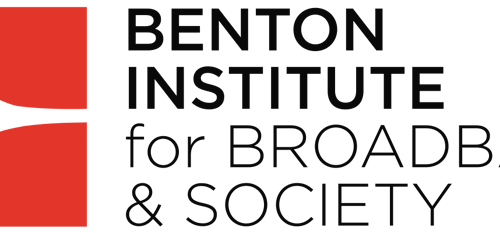Most Internet and social media users are well aware of the weaknesses of advise and consent notices on services that require you to agree to a long list of detailed terms and conditions before you can use the service. Few people read such terms and conditions, and hurriedly agree in order to get to the software or service they wish to use. So yes there is a serious problem with companies legally complying with disclosure requirements, while leaving the users in the dark, and agreeing to terms they might not fully endorse, were they understood.
This does not mean that ‘Louis Brandeis was wrong’ about sunlight being a valuable disinfectant (Eisinger 2015). The fact that companies have found ways to comply but also hide in plain sight because no one reads or can fully understand the terms and conditions is not a rationale for doing away with transparency and disclosure requirements.
There is a clear argument that these notice and consent agreements can be improved. And even in the short term, if some people read them, then there is a pressure on the providers to ensure that their terms and conditions can survive the light of public scrutiny. The argument is that there is little proof that such disclosure matters, or reaches a ‘critical mass’ of users. Where have these critics been? Notice and consent has become a central concern of experts involved in discussion of cybersecurity, privacy and Internet policy and regulation and because many have read and sense the problems with industry practices. Among the general population of users, many are increasingly concerned about the use of personal data by third parties, and awareness has been fostered in part by such disclosures.
Another argument against disclosure is that it is inequitable, according to Professor Ben-Shahar, as it ‘gives advantages to the well educated’ (Eisinger 2015). Probably true. But so does access to the Internet, access to education, even watching TV. More educated probably benefit disproportionately from any information. This has been called the ‘knowledge gap’ in communication studies. That is not a reason to prevent access to the Internet, education, or TV, and certainly not to the disclosure of information about a service. It is just the well educated professional that reads such disclosures and understands them that creating the pressure to hold companies more accountable. In my own work, such disclosures and transparencies are the life blood of an emerging Fifth Estate, for which there is ample evidence.
So I suggest you dismiss overly simplistic dismissals of the limits of sunlight. We should be addressing the problems and not giving up on the idea.
Eisinger, Jesse. (2015), ‘In an Era of Disclosure, an Excess of Sunlight but a Paucity of Rules’, NYT, 12 February, B5. http://dealbook.nytimes.com/2015/02/11/an-excess-of-sunlight-a-paucity-of-rules/?_r=0



